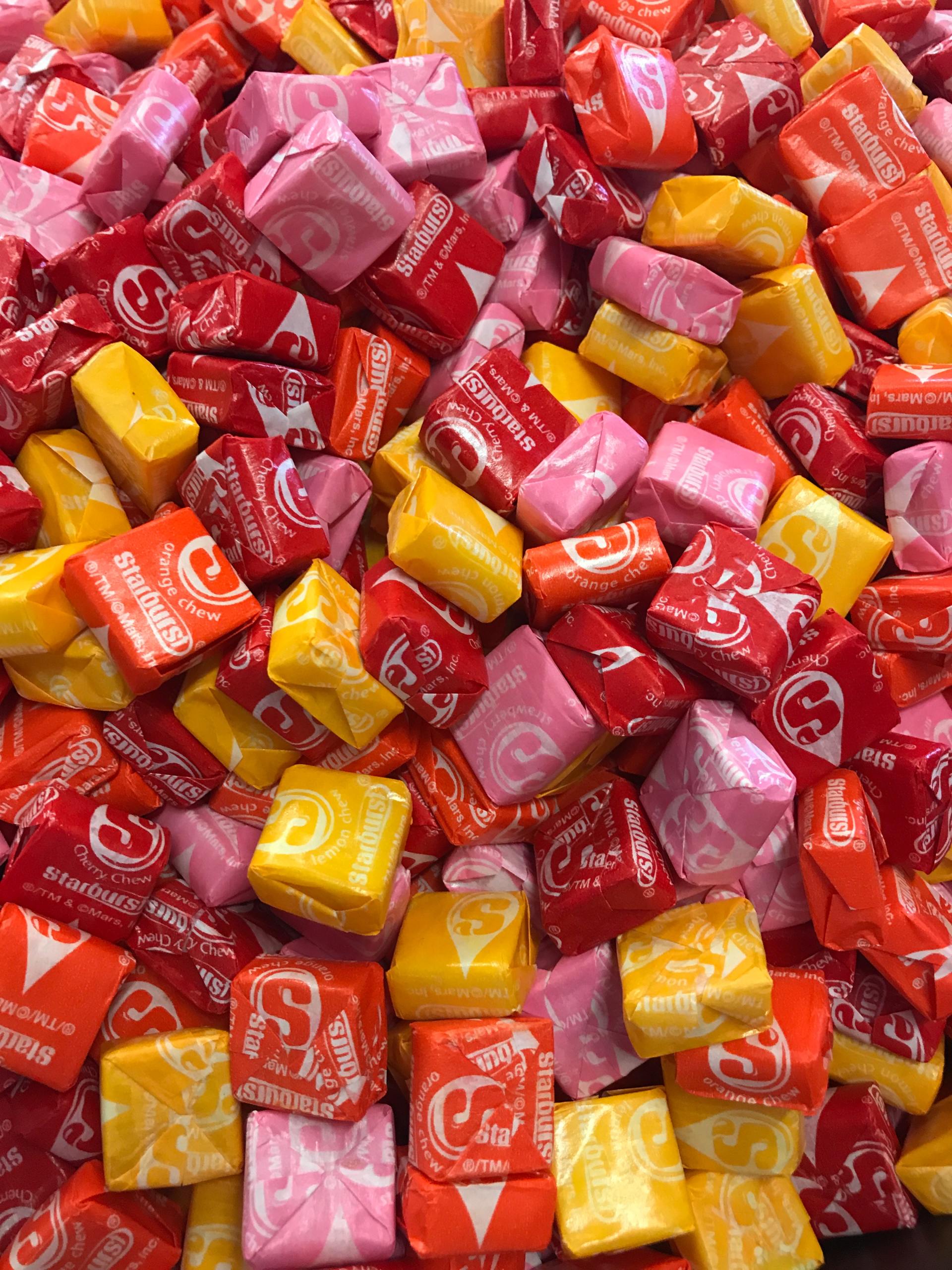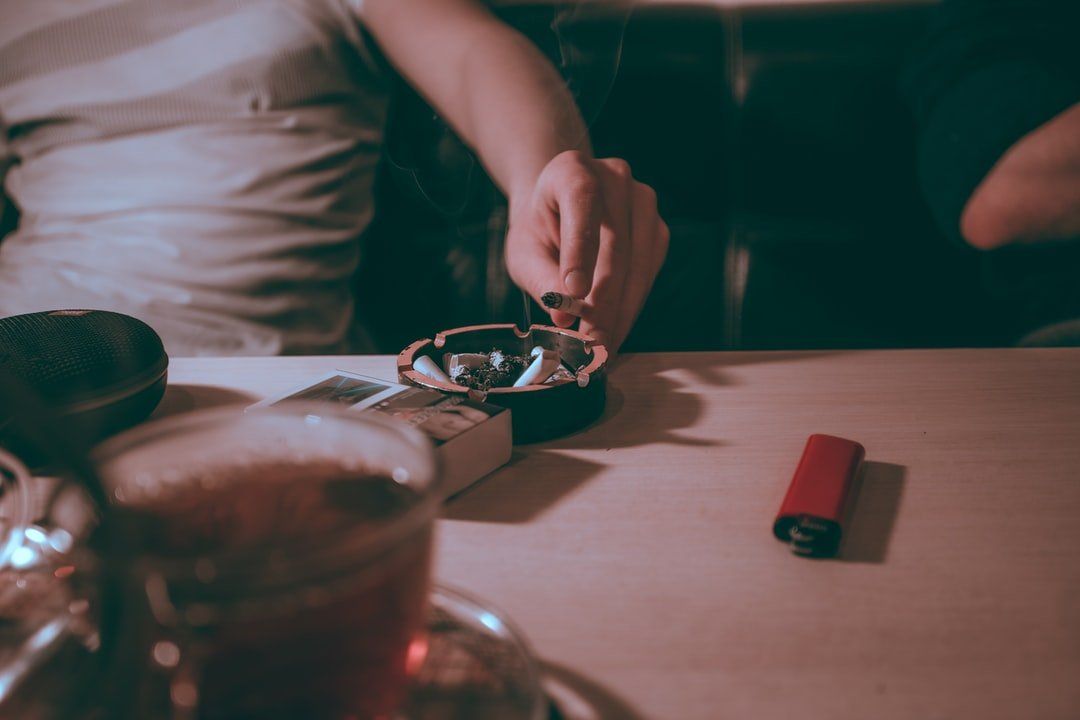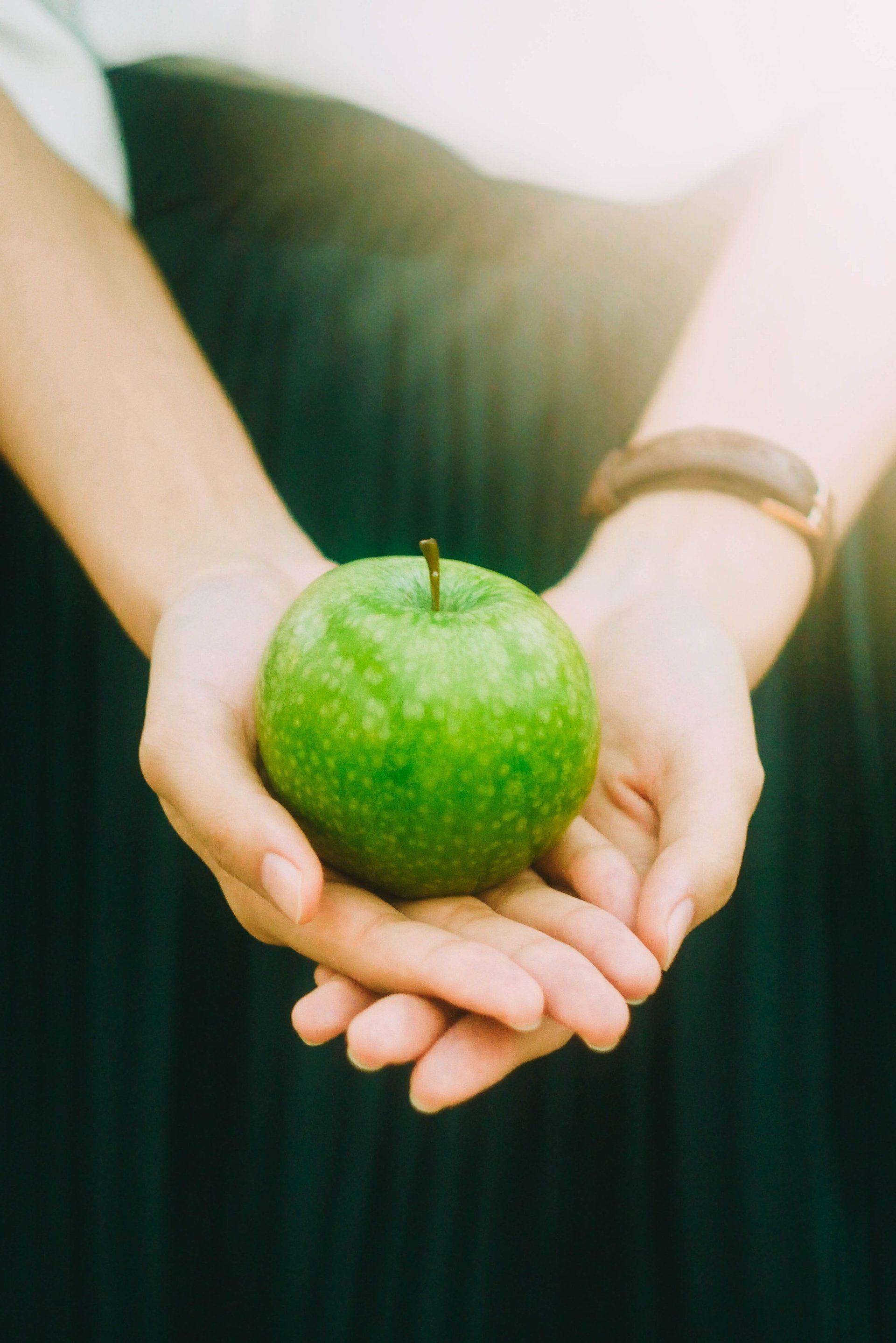Blood sugar refers to the glucose level in our bloodstream. Our bodies produce the glucose by breaking down carbohydrates we get through foods. The glucose from the bloodstream can be pushed to the cells to be used as energy. The hormone insulin is responsible for moving the glucose through the bloodstream into our cells. However, if there is an excess of glucose, and enough energy in the cells, the excess glucose is stored in the body. Either as glucose in the muscles alongside lots of water (hence we might feel puffy after eating lots of carbohydrates), or as fat.(1)
The body requires a consistent supply of glucose, the brain is especially sensitive to any fluctuations when it comes to blood sugar levels. So in an ideal world, the levels of blood sugar should rise and fall gently throughout the day, with insulin gradually and consistently pulling the needed glucose from the bloodstream into the cells. In some individuals the levels of glucose in their blood can lurch from very high (hyperglycaemia) to very low (hypoglycaemia) throughout the day– this is what we call a blood sugar imbalance (dysglycemia). Such fluctuations in blood sugar can lead to diabetes and metabolic syndrome if not controlled using dietary and lifestyle changes.
Once we’ve eaten, insulin works to lower the blood sugar by increasing the rate at which cells take and store glucose. When blood sugar is too low (when we are hungry, or after we’ve exercised and used a lot of energy), another hormone glycogen helps to release glucose from the cells.
As mentioned above, we all are unique, and might have individual reactions to different foods, lifestyle factors. Below are overall recommendations, which have been linked with balanced blood sugar.(3)
Firstly, let’s look at the most common recommendations when it comes to your diet. You are recommended to eat foods low in carbohydrates, and sugar; limit the amount of highly processed foods; try to eat complex carbohydrates with your meals to slow down the release of glucose in the bloodstream (wild rice, wholemeal bread, quinoa, oats, buckwheat, beans); consume protein alongside carbohydrates (fruits with nuts, nut butters, or yogurt). You are also recommended to eat regularly, and don’t get too hungry (aim to eat every 3 or 4 hours).
Secondly, when it comes to various lifestyle factors, you are recommended to deal with any stressors you might have: through minimising them, or learning to deal with them (therapy, various breathing techniques, and meditation might be helpful). Exercise and movement have also been linked with balanced blood sugar. You are recommended to go for a short brisk walk before having a meal, as this has been linked with improved metabolism, and as a result with better digestion and energy usage.
There are a few very niche studies which would recommend you to include products like cinnamon and apple cider vinegar in your diet to support blood sugar balancing. (2,3) We don’t really know how much truth there is in these recommendations, but it might be an easy thing to try: sprinkle cinnamon over your porridge, add in your curry, and roasted vegetables, or make salad dressings with apple cider vinegar.
Hope you liked this article, let me know if something isn’t clear. I think that blood sugar balancing is a straightforward and simple concept which gets overcomplicated with unnecessary terminology. That’s why I’ve tried to use everyday language and provide clear examples.





